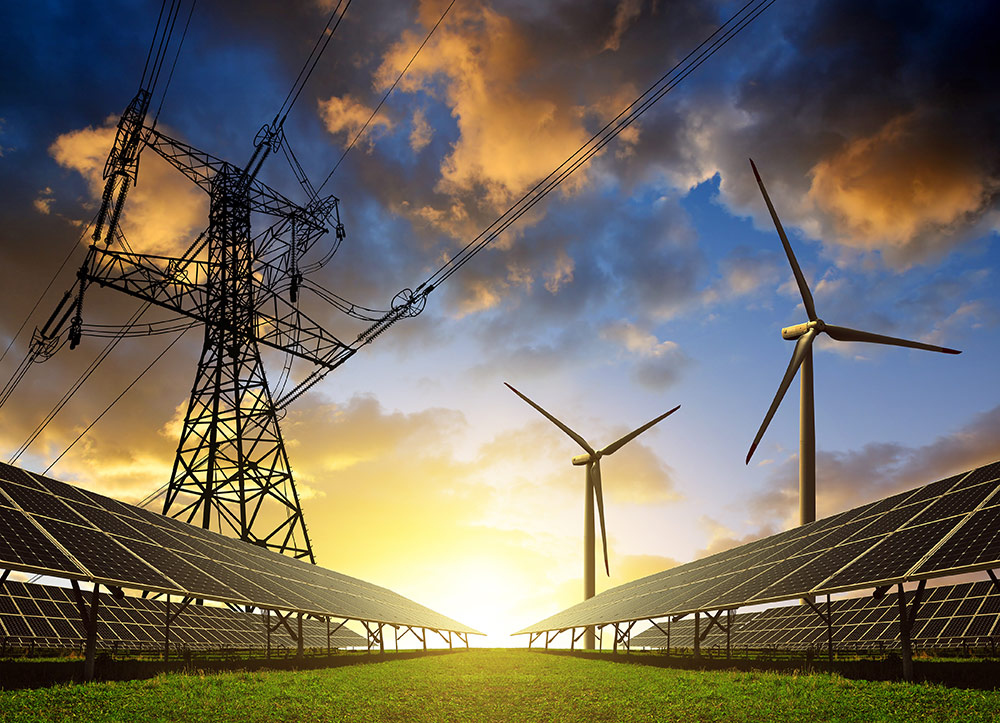Europe’s effort to stamp out greenhouse gas emissions by 2050 in accord with the Paris Agreement and the European Green Deal is arguably the most progressive energy transition plan ever initiated. Ultimately, the continent aims to replace fossil fuel-fired power plants with wind, solar, hydrogen and other renewable sources that will result in innovative business models, technologies and revenue streams while protecting the environment and enhancing the customer experience.
But the war in Ukraine and the sabotage of Russia’s Nord Stream 1 and 2 pipelines, along with a cold winter followed by a hot and dry summer in 2022, have driven up electricity prices by as much as 1000%. Consequently, European countries have recognized that they’ll need to rely more on fossil fuels for the foreseeable future. Nowhere is that more evident than in countries like Germany, the Netherlands and Austria, which are rebooting idled coal-fired plants to try and keep the lights and heat on this winter.
But the European Union also realizes that it needs to accelerate the transition to renewables to blunt the need for Russian natural gas. Because natural gas produces low carbon emissions relative to other fossil fuels, many countries favored the resource as a bridge to the zero-emission target. That appears to be a less reliable strategy going forward.
Green Promise
As dire as some of these challenges are, Europe’s energy transition still presents exciting opportunities for power producers and other industries, consumers, and environmental organizations for the long term. Trends shaping Europe’s power and utilities (P&U) future include the following:
Green Hydrogen
One of the most compelling advances the EU is pursuing is green hydrogen, a form of zero- or low-emission fuel that can be produced by renewables and has the potential to power industry and transportation, among other uses. Eventually, the EU would like to fill its pipelines with green hydrogen and wean itself off natural gas.
While green hydrogen is largely uncompetitive with more traditional energy resources today, investments are pouring into the region to help the European Union meet its goal to produce 20 million metric tons of the fuel per year by 2030. The European Commission recently announced $5.2 billion in new public funding that could leverage an additional $6.8 billion in private financing for green hydrogen projects.
Market Convergence
The deregulation and liberalization of the energy landscape in many European countries has introduced a competitive arena of disintermediation in which new entrants can buy power on the wholesale market and sell it to end users. This provides large corporations such as Google, Apple, Facebook and Amazon, which possess millions of easily accessible customers, with an enormous potential opportunity. Additionally, utilities are typically a good marketer for fiber telecommunications, insurance and other services, which are driving business convergence.
Distributed energy resources (DERs) and emerging energy-independent communities, along with the smart grid, are enabling a “prosumer” framework — that is, power consumers who also generate their own electricity from solar panels or other means can sell it to the network. This movement parallels a trend toward “uberization” in which customers want the ability to reduce not only their bills but also their carbon footprint, largely through digitalization.
Digitalization
The growth of connected devices and the expansion of 5G are fueling new business models and enabling consumers to control their thermostats, appliances and lights to improve their power usage and minimize carbon emissions. Connected devices also will provide an important linking mechanism to the electrical network, supporting energy systems in optimizing the grid in real time. Electric vehicles (EVs) that possess stored power and are connected to the grid, for example, will have the ability to export energy to the utility as needed.
Meanwhile, big data, cloud computing and artificial intelligence can help energy producers understand ways in which their customers are using power when it is most needed and when it can be stored. The increase in computational capability in the last year alone has helped provide more accurate and relevant predictive models, which, at the end of the day, will help minimize the use of natural resources.
Just as relevant, however, is cyber risk. As we are all aware, criminals and other malevolent actors are constantly probing governments, businesses and consumers for cybersecurity holes and lapses. Connecting utilities to homes, vehicles, appliances and other devices will require grid operators to stay ahead of hackers by implementing and maintaining strong cybersecurity systems and protocols. Additionally, more frequent extreme weather events like hurricanes, floods and heatwaves are stressing power systems and requiring utilities to strengthen climate-related sustainability and risk management solutions.
Industrial Innovation
Storage is central to Europe’s power transition — and to the green energy movement as a whole. The strides made in battery power over the last several years have been relevant, as evidenced by the nearly 1.1 million new EV registrations in Europe in 2021 — up from a paltry 600 registrations in 2010. But the limited capacity of electricity storage is slowing the uptake of EVs as well as zero-emission advances among utilities because of the intermittent generation characteristics of sun and wind power. But research has shown that emerging materials and compounds — most notably, graphene supercapacitors — could soon greatly enhance storage capacity.
Staying Focused Amid Uncertainty
The war in Ukraine has thrown a wrench into the EU’s plans to achieve zero emissions by its target date and hastened an urgency to sever its reliance on Russian gas. Even before the war, however, commodity-price volatility as a result of the pandemic lockdowns shrank the profit margins at utilities. The war is also buffeting a struggling economy, which has blunted the recovery in the demand for power following COVID-19.
Despite these unpredictable events, European countries continue to move toward a more sustainable and diverse P&U industry that exploits fewer virgin natural resources. Europe has already witnessed a dramatic drop in greenhouse gas emissions since 2011, primarily by switching from coal to natural gas. The mix of energy resources has improved dramatically, with renewable generation more than doubling to roughly 3,000 terawatt hours over the last 15 years, according to Eurostat.
As the continent pursues its energy transition, it will present P&U organizations with opportunities not only to make further reductions in carbon emissions, but also to adopt new lines of business. Therefore, to ensure that they are positioned to take advantage of the innovative advances and business prospects ahead — namely, by remaining competitive and on a stable growth track — it is imperative that European utilities craft and continuously update strategies to react to market realities and anticipated change.





